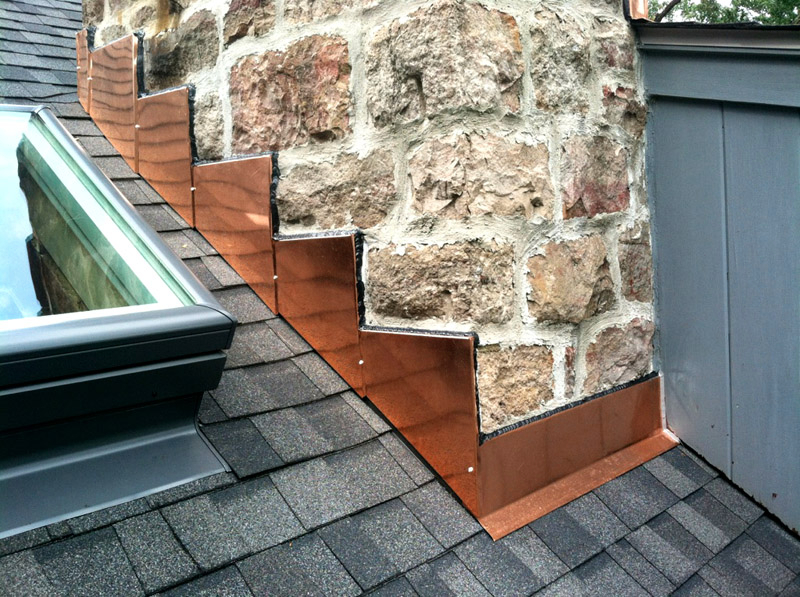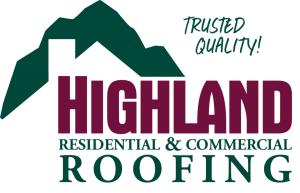
ROOF FLASHING
Roof flashing is an essential way to prevent leaks through your roof. The flashing acts as a sealer between the joints on the roof.
Certain areas of your roof and walls become more susceptible to leaks and water damage. This is definitely true in the case of a dormer wall, roof valleys, skylight edges, and the chimney. In fact, wherever water runoff is heavy or where two surfaces meet, they will need roof flashing.
MATERIALS USED FOR FLASHING
Popular materials used for roof flashing include galvanized, copper, and aluminum. The most common material is galvanized sheet metal. DIY homeowners usually use aluminum flashing . Use copper if you want the look of a copper roof.
ROOF FLASHING TYPES
Flashing forms through soldering, usually. However, there are a variety of different kinds of roof flashing. First off, you’ll see that the chimney flashing is located at the base of the chimney in multiple parts. Saddle flashing is around the bottom and sides and finished with saddle flashing around the top. Locate the flashing around the chimney. Finally, cap flashing is over the edges of the rest of the flashing. This keeps water out.
Remember, step flashing is set in the case of a vertical wall or a sloped roof. Drip edges stop any water from trying to seep underneath the roof around the eaves. Around skylights, you get integral flashing as well as step flashing around the base, the sides, and saddle flashing around the top.
Leaks also commonly occur where pipes penetrate the roof surface or in valleys.Sealing these areas with special asphalt roofing cement is necessary. Therefore, in order to prevent leaks around areas with pipes, one should invest in vent pipe flashing.
DAMAGED FLASHING
Install flashing at your home’s most vulnerable areas, it’s not uncommon for it to become damaged. Damage occurs in several ways. For instance, this happens with cracking, warping, or being torn away completely.
Be aware, flashing may become damaged because of poor installation, sloppy repairs, age, and exposure, as well as weather related issues.
If issues are significant, contact the experts at Highland Residential & Commercial Roofing or call us at 1 (888) 55-ROOFER. Remember, we serve all of North Carolina and are happy to help with all your roofing and flashing needs.
